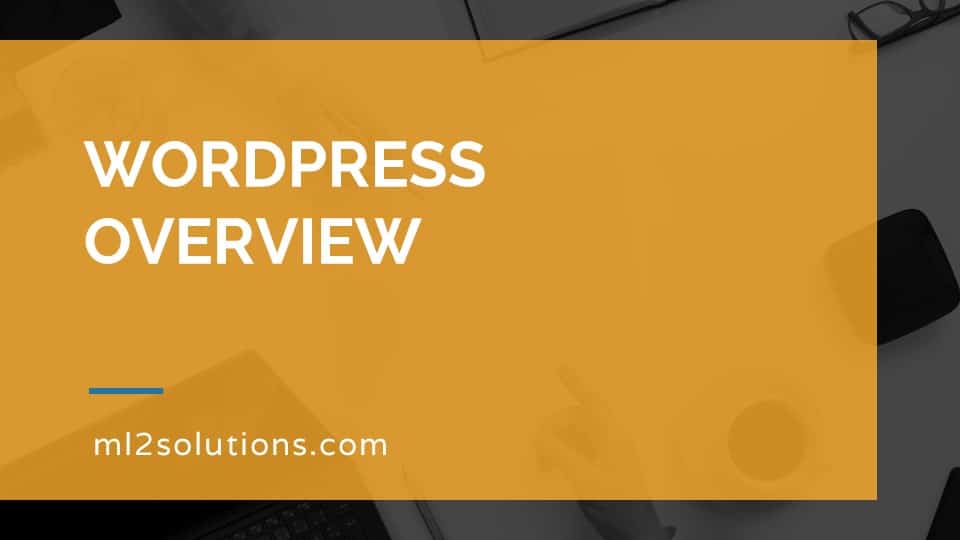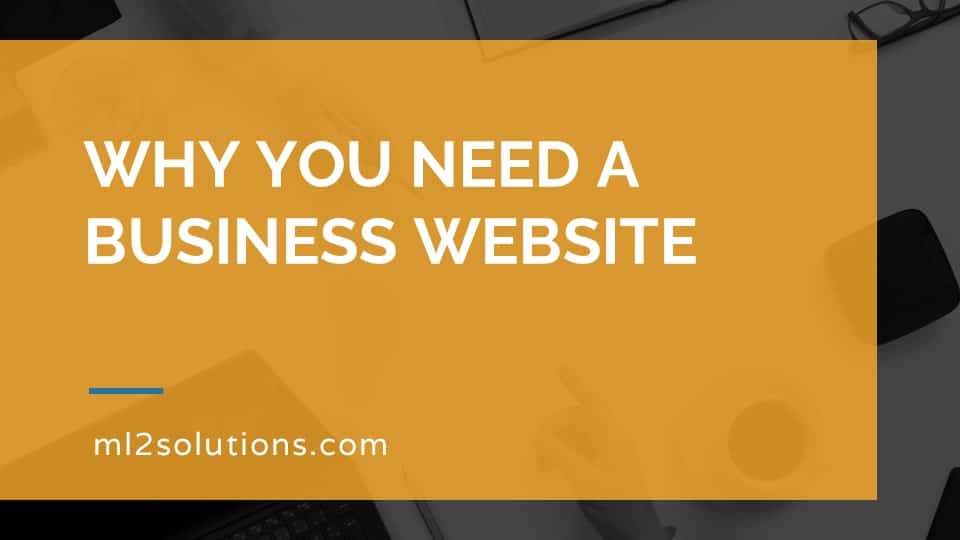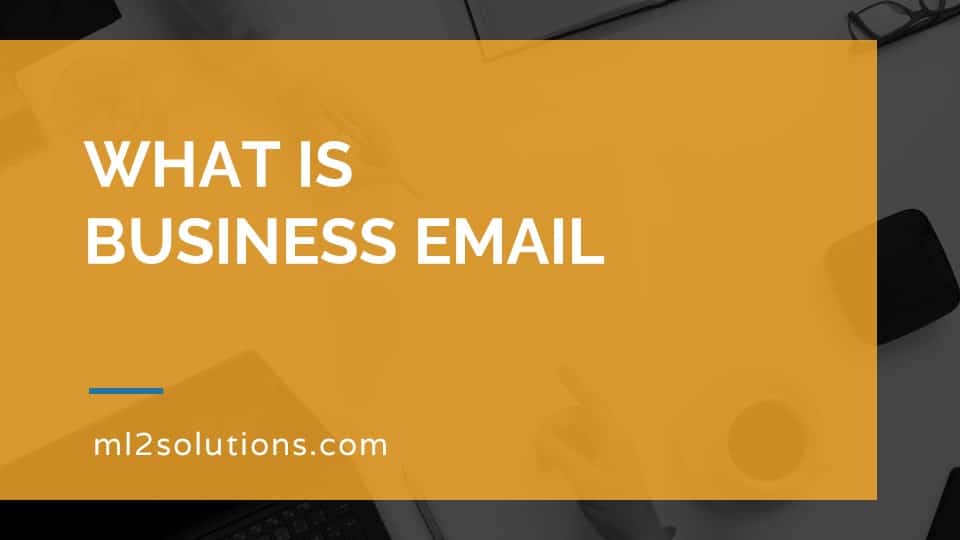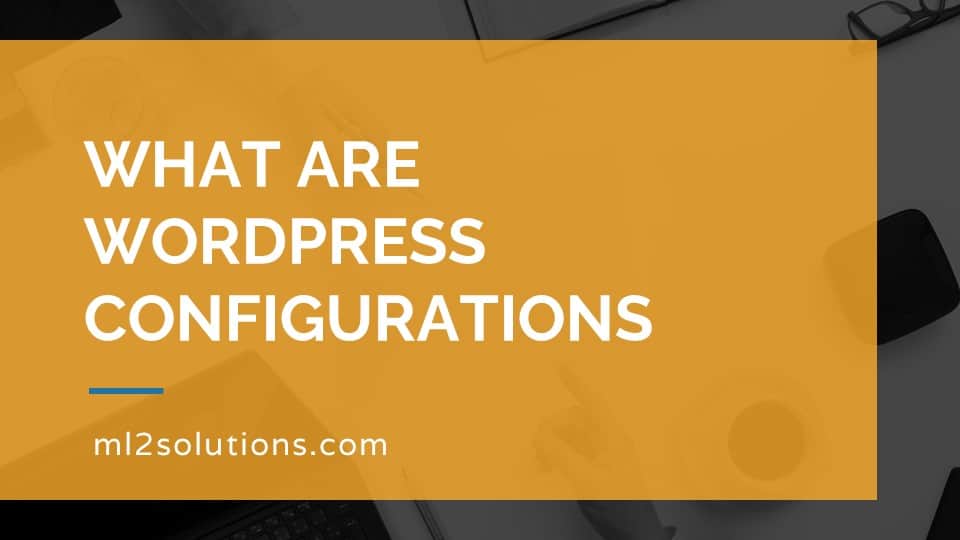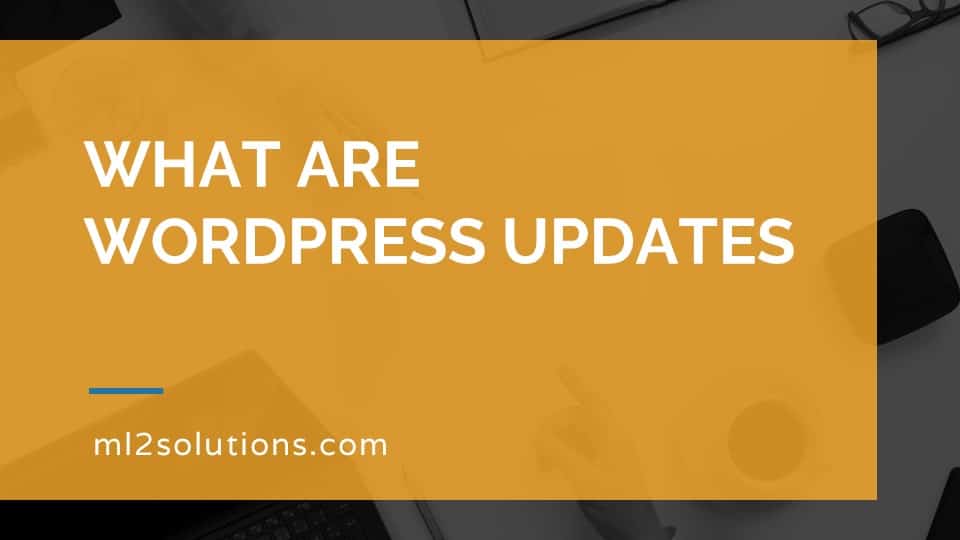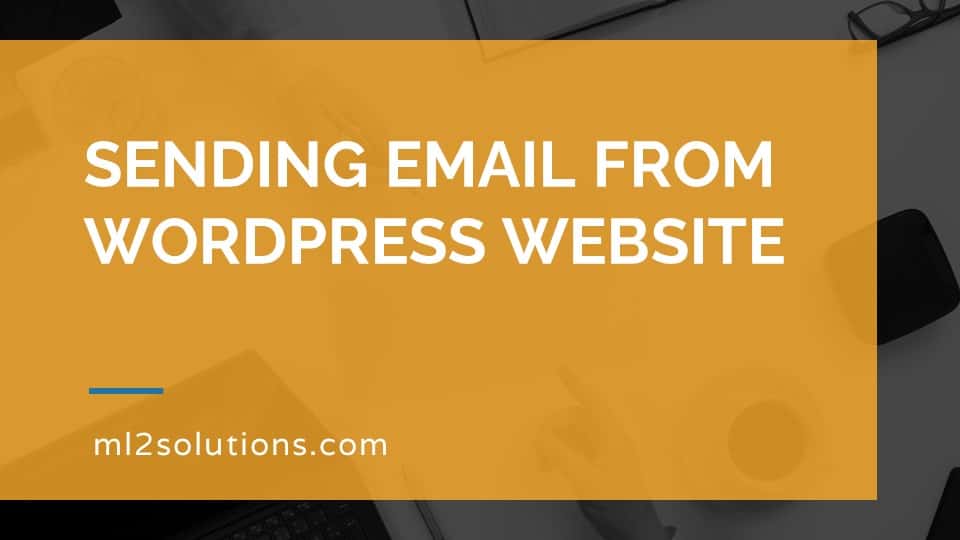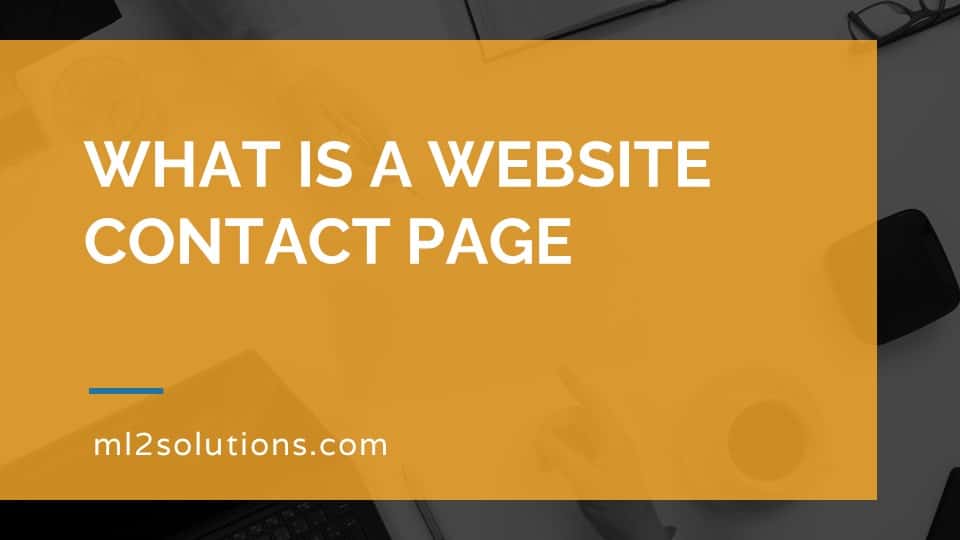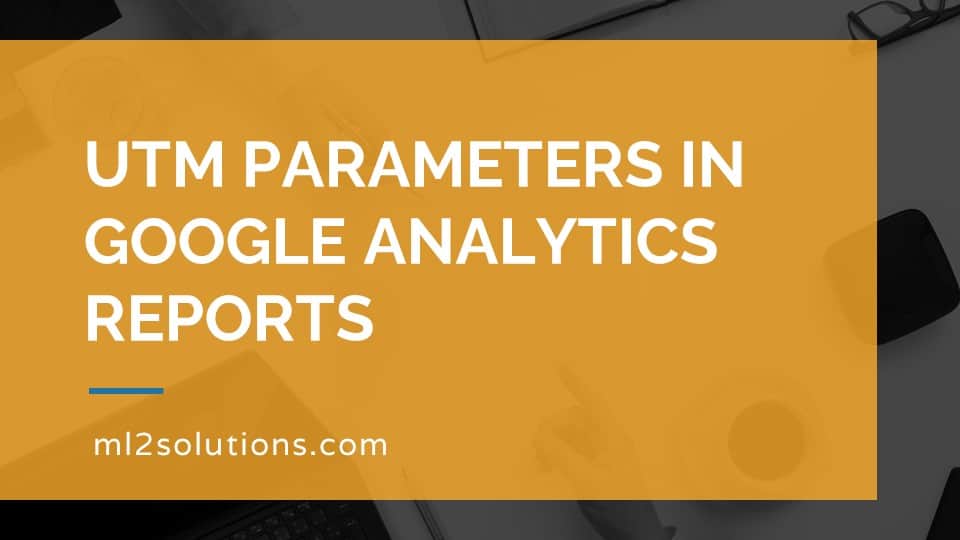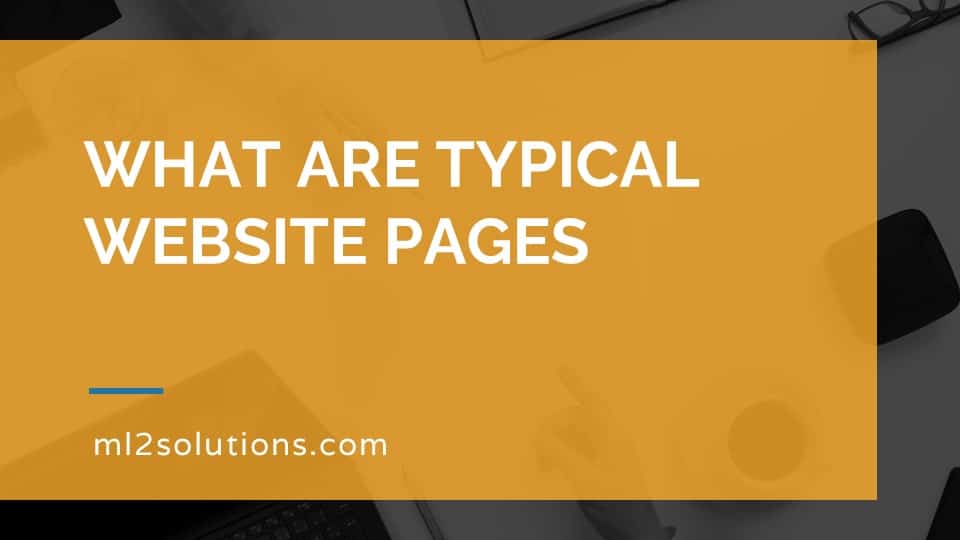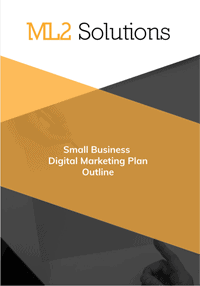WordPress is a content management system (CMS) that was originally created for blogging. But, it can also create full websites. WordPress has a number of functions. Here is an overview.
The first thing you see once you login into WordPress is the Dashboard. This gives you an overview of your WordPress website. A related function is Updates. Updates allow you to update easily the WordPress software but also themes and plugins.
One of the two main ways you add content to WordPress is using Posts. Posts are part of the blogging system and allow for chronological arrangement of content. Posts have a title and content. Posts can be organized by Categories and Tags. Categories are a way to group your posts into general topics. Tags are an additional way to identify a more specific topic for your post.
Media is the images and other content that you might want to add to a post or page. Pages are similar to posts but don’t have categories or tags. Pages are more static content on your website like your home page, about page or contact page. If you are building a website without a blog, it will just be pages. Finally, comments are responses to your blog posts that people may create.
The appearance of your website is controlled by a number of functions. The primary is a Theme. A theme can control the layout, color and font for your WordPress website. Themes can control as many elements as the theme designer selects. You can change the configuration of the theme in the Customize function. Widgets are small elements of content that can be placed in different areas of your WordPress website depending on the theme. The Menu is where you list a number of pages you want to be easily accessible.
Plugins are added to a WordPress website to enable new features. Users allow you to add other people to add or edit parts of your WordPress website. Tools are functions that allow things like importing and exporting. Finally, Settings are all the configuration of your WordPress website like website title, writing, reading and permalinks.
If you would like to learn more about how to use WordPress, check out a companion article on Digital Marketing Extreme.

